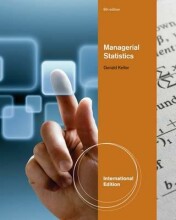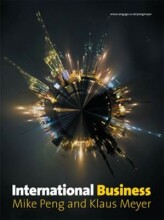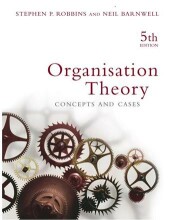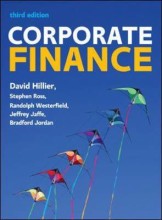Recruitment and retaining the best employees
38 important questions on Recruitment and retaining the best employees
What are the 5 HRM acquisition activities?
- Job analysis (determining the exact nature of the positions)
- Recruiting (attracting people to apply for positions)
- Selection (choosing and hiring the most qualified applicants)
- Orientation (acquainting new employees with the firm)
What are the 3 HRM maintenance activities?
- Compensation - Rewarding employee effort through monetary payments
- Benefits - Providing rewards to ensure employee well-being
What are the 2 HRM development activities?
- Performance appraisal (assessing employees' current and potential performance levels)
- Higher grades + faster learning
- Never study anything twice
- 100% sure, 100% understanding
What 2 techniques are useful for forecasting human resources supply?
- Skills inventory
What is the replacement chart?
What is the skills inventory?
What are the 4 ways in which you can reduce the workforce?
- Attrition - normal reduction in the workforce when employees leave the firm
- Early retirement - People who are within a few years of retirement are allowed to go into retirement early with full benefits
- Firing - Completely letting someone go
What is external recruiting?
What are the advantages and disadvantages of external recruiting?
- Brings in people with different perspectives and business backgrounds
- Out off college recruits might be more trainable to fit with the corporate culture and needs of the company
- Technologically savvy young people
D:
- Expensive (especially when private employment agencies are used)
- Resentment among present employees
What are the advantages and disadvantages of internal recruiting?
- It provides an incentive for present employees to work hard
D:
- When a position is filled, the old position also needs to be filled, which means that instead of 1 employee, now 2 need to be trained
- Sometimes nobody in the company has the right skillset for the open position
For what 2 purposes are the data obtained from applications used?
- To familiarise interviewers with their background
What is a résumé/CV?
What 4 qualities does an effective employee reward system need to have?
- Provide rewards comparable with those offered by other firms
- Be distributed fairly within the organisation
- Recognise that different people have different needs
What is a compensation system?
What 3 management decisions are needed to design an effective compensation system?
- Wage structure (who earns how much within the firm, based on a job evaluation)
- Individual wages (determining a rate based on qualifications, experience and expected performance)
What is a wage survey?
What is comparable worth?
What 6 types of compensation are there?
- Weekly or monthly salary
- Commissions
- Incentive payments
- Lump-sum salary increases
- Profit-sharing
What is an hourly wage?
What is a salary?
What is a commission?
What is an incentive payment?
What is gain sharing?
What is a lump-sum salary increase?
What are employee benefits?
What types of employee benefits are there?
- Insurance packages (health, life and dental insurance, pension and retirement programmes, etc.)
- Child care, cafeterias, exercise rooms, etc.
What is a flexible benefit plan?
What are the advantages of a flexible benefit plan?
- In the long run they can help the company contain costs, since a specific amount is allotted to each employee
- The plans seem employee-friendly, and might attract qualified employees.
What is employee training?
What is management development?
What types of training methods are there?
- Simulations (takes away from the day-to-day pressure of actual work)
- Classroom teaching and lectures
- Conferences and seminars (experts and learners meet to exchange ideas)
- Role-playing (act out roles of others in the organisation to better understand these roles)
What are the 3 objectives of performance appraisals?
- Providing a basis on which can be determined how to distribute rewards (e.g. promotions)
- Helping the organisation monitor employee selection, training, and development activities (if many perform badly, additional training might be necessary)
What are objective evaluation methods?
What is the disadvantage of objective evaluation methods?
What are judgemental evaluation methods?
What is the disadvantage of judgemental evaluation methods?
What are the 3 major approaches to performance feedback interviews?
- Tell-and-listen (same as above, only now the employee has a change to respond)
- Problem-solving (employees evaluate themselves, manager is less a judge and more a colleague that provides advice and tries to help)
What is a 360-degree evaluation?
The question on the page originate from the summary of the following study material:
- A unique study and practice tool
- Never study anything twice again
- Get the grades you hope for
- 100% sure, 100% understanding































